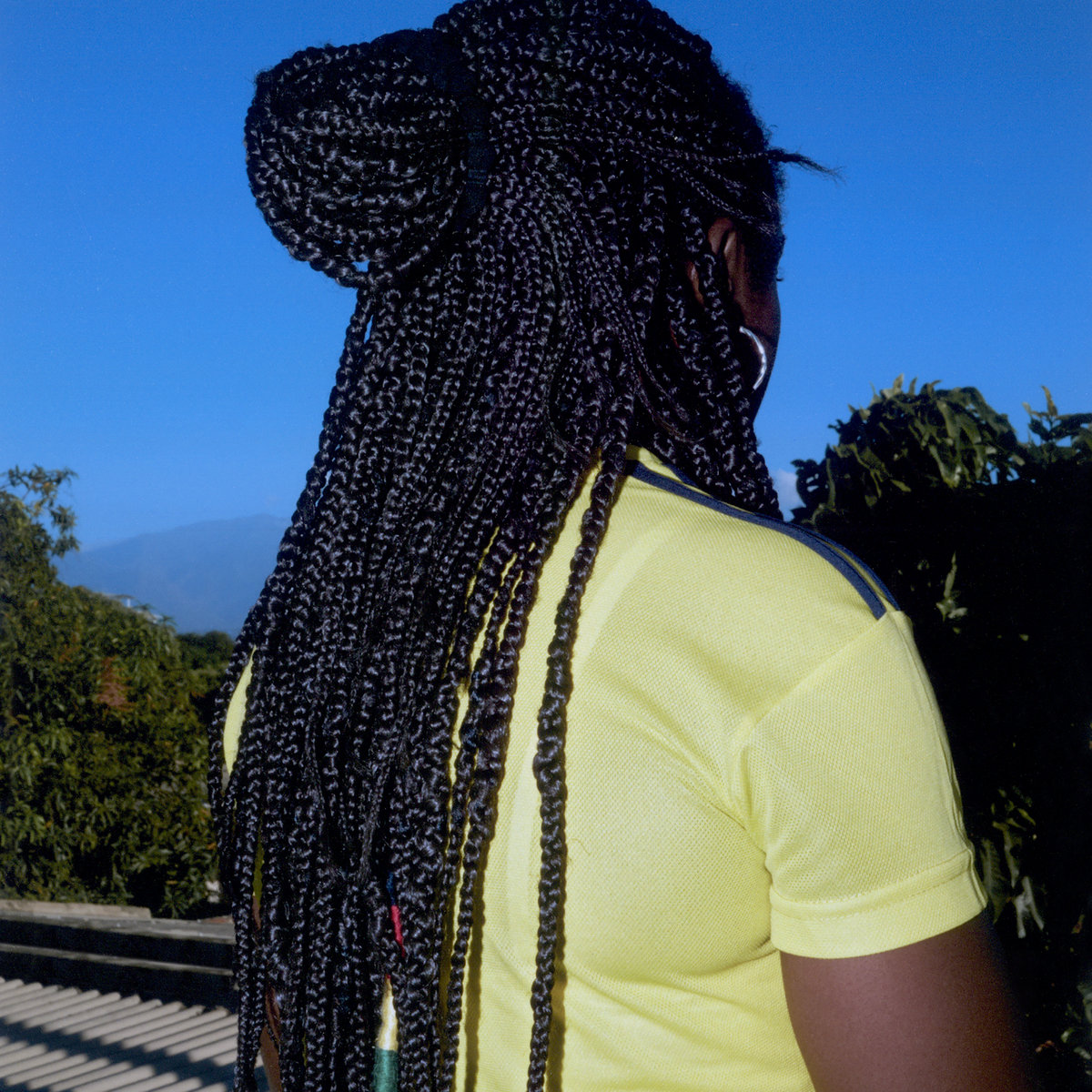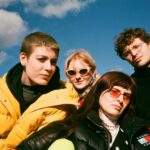During the lockdown, most evenings I would go to the park and wait for the bats to come out. I didn’t like going during the day, as there were too many people about. It didn’t feel safe. I’d already had some awful malady during the first week of lockdown. I’m not saying it was COVID, but it had put me out of action for about a week and whatever it was had scored me a very pretty post-viral hangover. I was so tired I was in pain, couldn’t concentrate on anything, couldn’t write and felt that nothing I had to say would have been very helpful anyway.
So I went and hung out with the bats. I loved their speed and the fleeting nature of an encounter with a bat. And the more I learned about bats, the more I liked them. If you could hear their echolocation, it would be loud enough to damage your hearing – like holding a ringing smoke detector to your ear. They’re also among the oldest mammals. There is strong circumstantial evidence that bats fluttered in the gloaming alongside dinosaurs. Bat skeletons are too fragile to usually survive as fossils, but there are ancient insects preserved in amber that seem to have evolved features that would enable them to avoid some kind of aerial predator that was hunting with sound. Facts like these delighted me.
And time passed and the bodies piled up.
I also befriended one of the local ravens. I’d sit in the garden and hear something cry out, ‘Bleep-blip!’ It sounded like a car door locking, but the back gardens where I live are completely enclosed and away from the street. It had to be a bird. I didn’t know what was making the noise but after a while, I started replying and got some lengthy chats going. The conversations with my mysterious friend would go something like this.
Mysterious friend: Bleep-blip!
Me: Bleep-blip!
Mysterious friend: Bleep-blip?
Me: Bleep-blip… Bleep!
Mysterious friend: Bleep-bleep-blip!
And so on.
Then one day, on hearing the noise I happened to glance up at the roof and saw this great big raven perched on an ancient TV aerial. The raven looked at me, said ‘Bleep-blip!’ one final time, then cawed sarcastically and flew away forever.
I’m not sure what any of this has to do with compiling a list of my favourite tracks of 2020. In no particular order, here they are.
Duma – Omni
Made in Nairobi by leprechauns, perhaps, Duma’s eponymous debut is an audacious mixture of doom metal, skull-crunching EDM and just about every other kind of tuneless grinding aural horror you can imagine. But, if you can bear to get in close and listen hard, you’ll find so many layers to the vocals and the percussion, particularly here on ‘Omni‘, that it bears comparison to the sculptural transcendence of MBV or Cocteau Twins. Hands down my favourite thing I’ve heard all year.
Sly and the Family Drone – A Black Uniformed Strutting Animal
The consolations of the hard and heavy. All seems well with the world when the first notes of this monster come clambering over the drums. I can’t say much more than that: music so good it exterminates rational thought. The sweet balm of oblivion.
Shirley Collins – Locked in Ice
Folk legend Shirley Collins tells the tale of the SS Baychimo, trapped in arctic pack ice off the coast of Alaska and abandoned in 1931, and of its subsequent adventures as a notorious ghost ship. It connected with me on a couple of levels. Firstly, one of the few works of fiction I managed to read this summer was Dan Simmons’ epic of Arctic misadventure, The Terror, which I can most heartily recommend and which shares several plot points with this song. Secondly, there’s something so incredibly factual and unpoetic about the lyrics that it can only convey the profoundest symbolism. Aren’t we all lost little Arctic ghost ships? Who little suspected when we set out on our journey what would be our fate? Finally, listening to it in this unseasonably damp and mild Welsh winter, the song can’t help but mourn the apocalyptic decline of the Arctic ice itself. Sublime.
Cornershop – Everywhere That Wog Army Roam
A catchy song about police brutality taken from one the year’s richest and most wonderful albums. The sound and sensibility took me back to my old art college in Slough in the 1990s, where the Asian kids would indeed roam around looking impossibly cool. It’s an emotionally complex bit of pop – the violence it describes belied by the pastoral gentleness of the melody. A flower inserted in a gun barrel.
Sports Team – Here’s the Thing
Considering how often I find myself railing against boring guitar bands, I’m not entirely sure how this song made it anywhere near the top of any kind of list that I had anything to do with. I suppose it must have reawakened some long-dormant memory of jumping up and down in a morass of sweaty humans. I also like the way they start whistling along with the line, ‘Try a little harder little bird’. Unerringly accurate and with a snide little guitar line peering over its shoulder and egging it on, the song formed a crucial part of my soundtrack to the early lockdown, so there’s also that. I was there, it was then, shit happened and this was what I was humming. Captured an entire way of life that I had hoped would be swept away in the cleansing deluge. Yet the condescending chit-chat persists. Lies, lies, lies.
Nelson Kempf – Family Dollar
The title track from one of my favourite LPs of the year and one which seemed to sink utterly and quite unfairly without trace. Family Dollar is soulful, improvisatory and inspired by birdsong, landscape and contemporary dance. Reluctant bard of the globalised precariat, Nelson sings allusive, hyper-precise koans that illuminate poverty, crisis and the edges of exhaustion, songs which seem to unravel and unspool before you. This album caught me in its dreamlike chokehold in the early days of the pandemic and in its dazed meanderings between Tennessee and Alaska it accidentally captured the serene, too-real facticity of the city last April.
Moor Mother and Nichole Mitchell – Up Out of the Ugly
Seething gamelan, wildlife field recordings and abstract electronic noises invoke ancient magic in Moor Mother’s collaboration with composer and flautist Nichole Mitchell, recorded at Le Guess Who a couple of years ago and released in June under the title of Offering. It has an archaeological quality to it, a sense of something clawed from the earth, its purpose only to be guessed at, and probably wrongly.
Elsewhere on the album, she spits these questions: “See the vultures laughing? See the hawk circling? Have you been walking around with open eyes?” and it has sometimes seemed that everything Ayewa has done to date is both a foreshadowing, commentary and epitaph (or wellbeing guide?) for the mess in which humanity currently finds itself. One of our greatest writers and performers at her most elemental. She’s appeared on so much great music this year – there’s the punk album with Moor Jewelry, the collaboration with jazz mavericks Irreversible Entanglements, and her theatrical choreopoem Circuit City, plus a full album each with billy woods, Olof Melander and YATTA – she’s a vital and protean figure whose words reached into the horror and pulled me back out more than once this year.
John MOuse – The Raven Argonette
They say each generation gets the murder ballad it deserves and ‘The Raven Argonette’ is ours.
Leaf Library – Beach Loom
Talking of archaeology, I spent a lot of time out on Penarth Beach this year looking for fossils. It’s the same limestone beds as they have in Devon, only not as well known. Where the sea worries away at the cliff face it exposes a steady drip-drip of ammonites, brachiopods and weird pink rocks that I haven’t got around to identifying. At end of the concrete sea wall, there are some indentations in the rocky bed which supposedly are dinosaur footprints and once every hundred years or so a raptor falls out of the brackish limestone. What I’m really looking for when I go is a pliosaur tooth. That would be cool. That and the sound of the waves, and the chance of encountering something interesting in a tidal pool, and the fact that the rocks are so awkward to get about on that few other people bother with the place.
So yes, ‘Beach Loom’, a nine-and-a-half minute drone by The Leaf Library is one of my tracks of 2020. It was originally released on cassette last year and tricked its way onto this list with a vinyl reissue this summer, but who’s splitting hairs in the context of the geological timescales we’re dealing with? Follow the science, people! Music to put alongside Spaceship’s seminal Outcrops.
Keeley Forsyth – Butterfly
Keeley Forsyth’s music haunts me and this song haunts me most of all. A woman builds a house and ends up ‘Half butterfly, half window’. It doesn’t make much sense. Is it about a transformation from one state to another or about a threshold between the inside and the outside? Perhaps I’m taking it too literally, but I can’t even imagine what such a creature would look like. I think I can imagine what it would feel like though, and maybe that’s the point.
Lucrecia Dalt – Disuelta
Another record that lurches with us into the uncanny, grabbing at our sweaty palms and offering to be our guide. Like painlessly dissolving in a soothing bath of acid.
Chris Watson – Notes from the Forest Floor
I’d always sort of been aware that Chris Watson had become a sound recordist for BBC nature documentaries after he’d left Cabaret Voltaire in 1981, but I hadn’t quite grasped the full implications of that until this year when he started cropping up on the radio during lockdown.
It says a lot for how desperate for company this thing had made me that I had begun listening to the radio at all. With one or two exceptions (Hello, Late Junction! Hello, Mary Anne Hobbs!) the radio is an abomination, and I don’t understand why anyone would gladly submit to a device that strives for little more than passable mimicry of the symptoms of schizophrenia. I’d also been working my way through all the old Attenborough films – I felt like the world was ending and that if we were all going to go out, then I wanted to go out watching sealions getting fucked up by Orca – so I suppose I was more than ordinarily receptive to having my mind blown by the greatest hits of the Costa Rican jungle.
I’ve gone deep into ambient music this year and I suppose it all started with ‘Notes from the Forest Floor’. It also tied in with something that Nelson Kempf told me when I spoke to him for an interview – he’d spoken of how rarely he thought of other music when he wrote. Instead, he would take long walks in the outdoors and respond to the sounds he encountered there. Since then I’ve been thinking a lot about how a big part of our problem is that too much of our music is essentially music about other music. It doesn’t really connect with all the other stuff in the world.
So yeah, I likes me a field recording, I does. Get in.
Lamin Fofana – And All The Birds Sing Bass
We’ll round off this baker’s dozen with a track from another album that hit me in the waste of days this summer and which also, like ‘Notes from the Forest Floor‘, led me to reconsider the way I was thinking about music. Heavily engaged with Amiri Baraka’s Blues People, a history of African American music and culture, Lamin Fofana’s Blues unfolds in the spaces around music – in the tape hiss, murmuring voices, hesitant, formless chords, and the chirruping of insect life and birdsong.
And All the Birds Sing Bass closes the album, drowns it in spaciousness and serenity. It seeks to imbue the ambient with something political that the genre’s long association with Brian Eno normally occludes. Can you even still have music for airports? With a straight face? After what they’ve done? It felt like a poor joke in the seventies. Let’s not be simple: The reason why airports spend millions on steel and glass and don’t bother with what they sound like has always been very clear.
The record alludes to so much, particularly in light of the Black Lives Matter protests, and with such weightlessness and perception. A masterpiece of intersectional art and philosophy, which I’m still absorbing. At the risk of taking Blues way out of context (but then, ain’t that the beautiful thing about recorded music? And isn’t anything from the before-time out of context in our new world?), there have been times when Fofana’s vision seemed to resonate so closely with the rhythm of 2020 – with the sounds that rushed to fill its silences, with the violence we peered at in the dark pool of glass in our palms, with the inequalities that have been so mercilessly exposed, with the urgent questions that will not go away. So close, so remote. So loud, so deadeningly quiet. So full of birdsong, so indifferent to humanity.
And talking of indifference to humanity, I made a playlist over on Spotify.
See you next year, folks. Stay safe.




